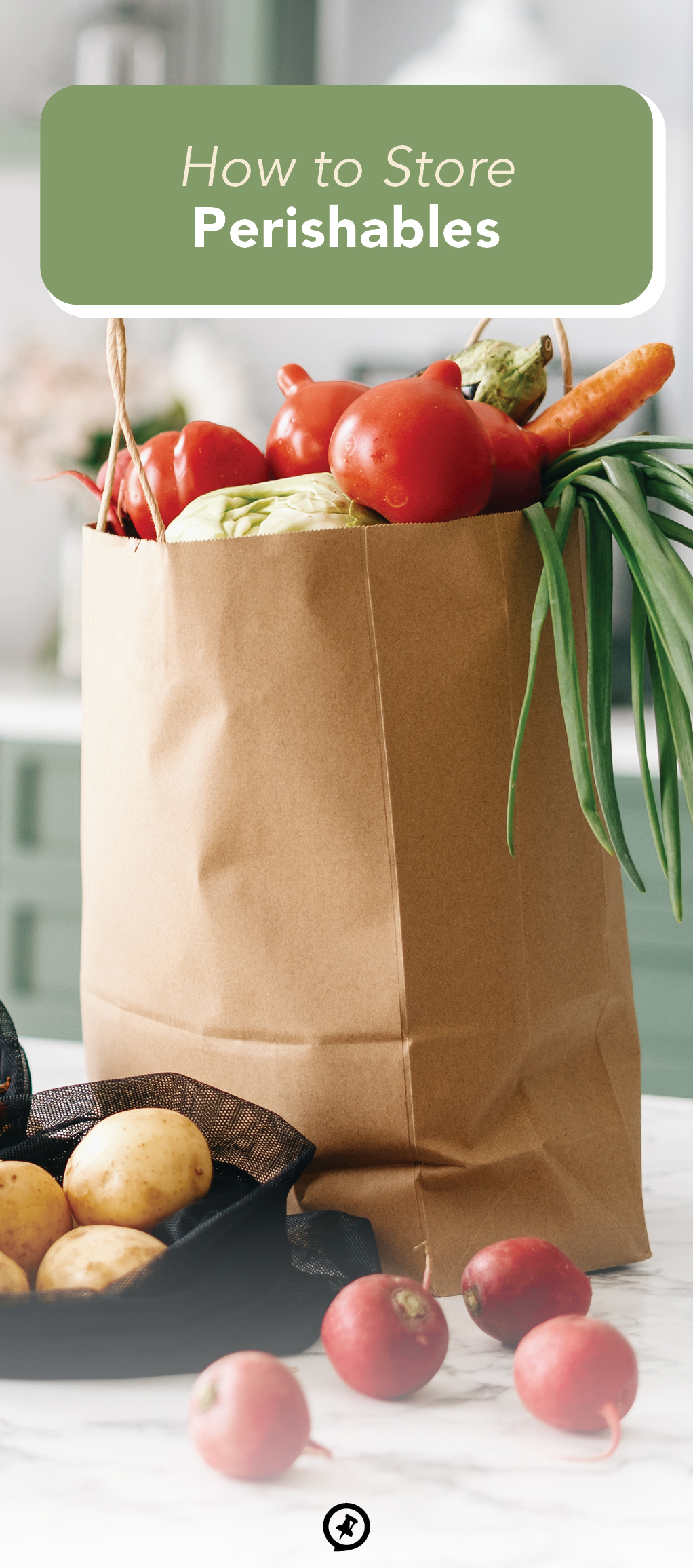Properly Storing Produce
Properly storing your perishables can extend their shelf life, enabling you to keep fresh, nutrient-rich food longer, reduce food waste, save money, and contribute to a healthier environment.
When it comes to extending the life of your perishables, your refrigerator is your best friend. However, food safety is not just about putting things in the fridge. Most perishable items should be stored at the Food and Drug Administration (FDA)-recommended 40°F to reduce the risk of foodborne illnesses, such as salmonella, E. coli, and listeria. When refrigerators exceed this temperature, you run the risk of spoilage and contamination. These tips can help you preserve and store your perishables.
Dairy
Dairy items like eggs, butter, milk, yogurt, and cheese should be stored in the coldest part of your refrigerator, usually toward the back. Also, keep them tightly sealed to preserve freshness. Be sure to consume milk products by the best-by date. Plant-based milk like almond, soy, or oat should also be used by the expiration date and within seven to ten days after opening.
Fruits
Some fruits, such as grapes, berries, cherries, and cut-up fruit, are more perishable than others and should be stored in the refrigerator to maintain their freshness, taste, and texture. However, others ripen better on the counter, including avocados, nectarines, peaches, pears, and plums. Once they’re ripened, place them in the fridge to extend their shelf life. Certain fruits, such as tomatoes, bananas, citrus fruits, melons, pomegranates, and mandarin oranges, should remain at room temperature to prevent flavor and texture changes.
Vegetables And Herbs
Fresh herbs such as parsley, dill, oregano, and thyme can be safely stored in the refrigerator, whereas onions, potatoes, squashes, ginger, garlic, and basil (placed in a jar with fresh water) will keep longer at room temperature. Consider using reusable bags like breathable cotton mesh or cotton muslin bags to allow the produce to breathe, slowing down the ripening process.
Meats
Proper storage of meat and poultry is essential to food safety because bacteria can rapidly grow on them if your fridge is not 40° or lower. Store them in the coldest part of the refrigerator to slow down their perishability, and be sure to adhere to the sell-by or best-by date. If you are not consuming meat immediately, place it in the freezer; when it comes time to defrost it, do so in your refrigerator, not at room temperature.
The shelf life of perishables can be unpredictable—you never know how long it takes to transport them to the retailer or how fast they make it to the store shelves. So knowing the best way to store your perishables will help extend the amount of time they are fit for consumption.














